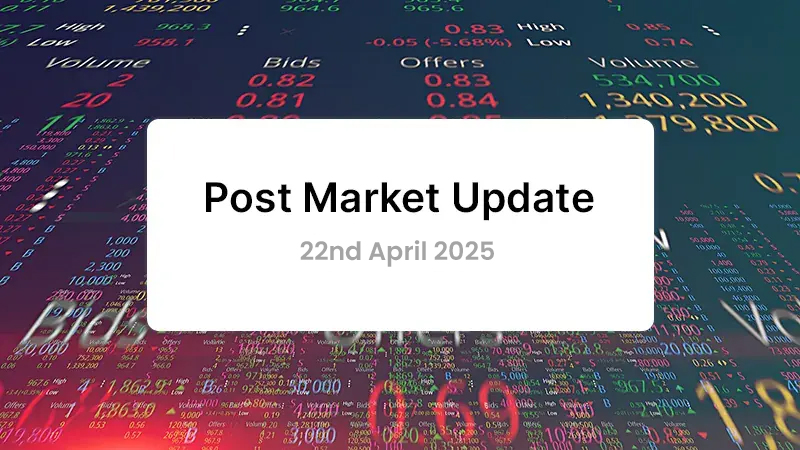
In recent times, the landscape of overseas investments has witnessed significant developments, particularly concerning mutual funds and the Liberalised Remittance Scheme (LRS). Let’s break down these changes into three major points:
1. What Happened Earlier:
Back in September 2023, mutual funds sought to enhance the industry limit of $7 billion on overseas equity investment. This move was prompted by a sharp rise in overseas remittances by high-net-worth and ultra-high-net-worth investors. However, in January 2022, the capital market regulator, SEBI, directed mutual fund houses to halt fresh subscriptions in schemes investing in overseas stocks. This directive came after the mutual fund industry surpassed the mandated limit of $7 billion for overseas investments. Despite a separate limit of $1 billion for investing in overseas exchange-traded funds, the industry faced restrictions.
2. Understanding LRS (Liberalised Remittance Scheme):
The Liberalised Remittance Scheme (LRS) allows Indian residents, including minors, to transfer funds of up to $250,000 in a financial year outside India. Initially introduced in 2004 with a remittance limit of $25,000 per year, the scheme has witnessed gradual enhancements by the RBI. Outward remittances through LRS surged by 51% in the June quarter of the fiscal year 2023-24, reaching $9.1 billion. These remittances cover various sectors, including investments in equity and debt schemes, purchase of immovable property, deposits overseas, maintenance of close relatives, and expenditures related to travel, education, and gifts.
| Sector | Amount (in $ million) |
| Equity and Debt Schemes | 504 |
| Purchase of Immovable Property | 89.94 |
| Deposits Overseas | 430.59 |
| Maintenance of Close Relatives | 1.83 |
| Travel, Education, Gifts, etc. | (Not specified) |
3. The Call for Revision in Limits
The association of Mutual Funds in India (AMFI) has been advocating for an enhancement of the industry limit on overseas equity investments. The surge in outward remittances through LRS, coupled with significant growth in investments in equity and debt schemes, underscores the need for a reassessment of these limits
4. Fast Forward to Today:
Recently, RBI Governor Shaktikanta Das stated that a decision regarding revising the limits on overseas investments would be made once the RBI is confident in the stability of the rupee. While acknowledging ongoing requests from the mutual fund industry, Das highlighted the importance of stability and durability in making such decisions. Interestingly, the existing limits were set in 2008 during the Lehman crisis and have not been revised since, despite significant economic progress and increased forex reserves. With a combined limit of $8 billion, which seems negligible compared to India’s forex reserves of $642.29 billion, these restrictions appear outdated. Furthermore, ETFs (Exchange-Traded Funds) investing in multiple mutual funds offer comparatively lower volatility, making the imposed limit seem arbitrary. Although investments in mutual funds remain unrestricted, investments in ETFs may be affected. The restriction on overseas investments was lifted in 2023 due to market corrections, which brought the value below the limit.
In summary, the intersection of regulatory limits, the Liberalised Remittance Scheme, and recent developments underscores the evolving landscape of overseas investments. It highlights the need for a balanced approach between regulatory oversight and investor access to foster a conducive investment environment.
Market this week
| 26th Mar 2024 (Open) | 28th Mar 2024 (Close) | %Change | |
| Nifty 50 | ₹ 21,948 | ₹ 22,327 | 1.7% |
| Sensex | ₹ 72,397 | ₹ 73,651 | 1.7% |
- The broader indices performed similarly to the main indices amid volatility during the holiday-shortened week.
- Support from Foreign Institutional Investors (FIIs) contributed to narrowing the current account deficit in Q4.
- Mixed global cues resulted in equity indices finishing near record highs on the final day of the FY24.
- BSE Sensex gained 819.41 points or 1 percent, closing at 73,651.35.
- The Nifty50 index added 260 points or 1 percent to finish at 22,326.90.
- Sector-wise, the Nifty Realty index surged by 5 percent, Nifty Oil & Gas rose by 2 percent, and Nifty Auto and Healthcare indices each saw a gain of 1.7 percent.
- Conversely, the Nifty Media index experienced a decline of 3 percent, while the Nifty Information Technology index registered a loss of 0.8 percent.
- FIIs turned net buyers during the week, purchasing equities worth Rs 2368.76 crore.
- Domestic Institutional Investors (DIIs) continued their support, buying equities worth Rs 8,913.49 crore.
Weekly Leaderboard
| NSE Top Gainers | NSE Top Losers | ||||
| Stock | Change (%) | Stock | Change (%) | ||
| Bajaj Finance | ▲ | 7.81 % | LTIMindtree | ▼ | (4.35) % |
| TATA Steel | ▲ | 6.21 % | TATA Consumer | ▼ | (4.12) % |
| Bajaj Auto | ▲ | 5.94 % | TCS | ▼ | (3.62) % |
| Apollo Hospitals | ▲ | 5.86 % | Wipro | ▼ | (3.42) % |
| Eicher Motors | ▲ | 4.84 % | HCL Technologies | ▼ | (3.38) % |
Stocks that made the news this week:
- OCL Corp witnessed a surge, hitting the 20 percent upper circuit during the week. The Hinduja Group-led company announced an agreement with Squarespace Builders to sell a piece of land valued at Rs 3,402 crore. This land, spanning approximately 264.50 acres in Kukatpally, Hyderabad, includes 32 acres under a joint development agreement (JDA). The monetisation process is set to occur over 18 months in tranches, contingent upon the fulfilment of any contractual obligations.
- VIP Industries witnessed a 15 percent surge in its shares during trade, building upon gains from the previous session. This surge followed the luggage maker’s disclosure of its growth strategy in an investor presentation on March 27. VIP Industries outlined its objectives, aiming for double-digit revenue growth from Q4FY24 and a 15 percent EBDITA growth from H2FY25 onwards. Additionally, the company expressed intentions to enhance its market share in the luggage sector starting from H1FY25. To achieve this, VIP Industries plans to expand its product portfolio to include premium options, targeting new customers across different price points. Furthermore, the company is focused on inventory optimization to reduce debt and interest costs.
- Tata Elxsi saw a 1.4 percent increase in its stock, trading at Rs 7,782 apiece, following a partnership announcement with Germany-based Dräger aimed at advancing critical care innovation in India. Despite this positive development, Tata Elxsi’s stock has declined by 11 percent year-to-date, in contrast to the 0.7 percent rise in the benchmark Nifty 50 index. The collaboration entails Dräger establishing a new Offshore Development Center (ODC) at Tata Elxsi’s Pune facility, signifying a significant step towards enhancing critical care solutions in the country.














